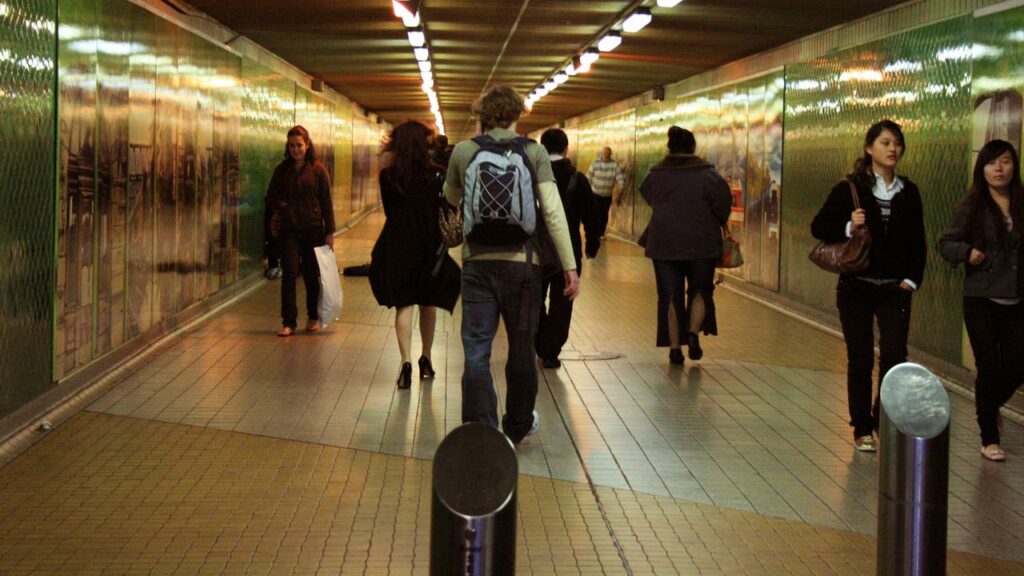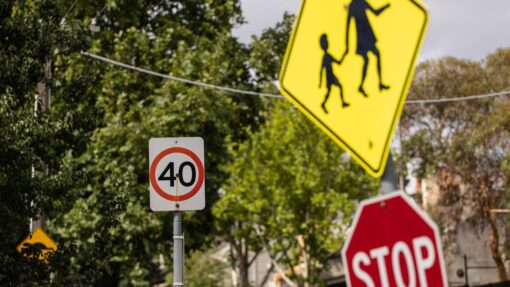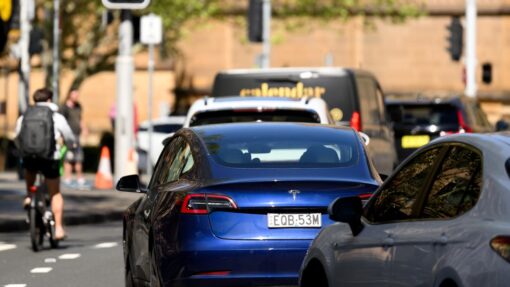Unemployment rate remains at 3.4 per cent
Poppy Johnston |

The national jobless rate has stayed at 3.4 per cent and 64,000 more people found work in November, putting pressure on the Reserve Bank to keep lifting interest rates.
A 66.8 per cent participation rate was recorded for the month of November, a 0.2 percentage point lift, to return to record highs first seen in the middle of the year.
The Australian Bureau of Statistics published its latest labour force figures on Thursday.
Despite the larger-than-expected uptick in employment, the lift in the participation rate meant the unemployment rate remained unchanged at 3.4 per cent.
Underemployment also remained low, consistent with the strong jobs market, falling 0.1 percentage points to 5.8 per cent. This is 2.9 percentage points below the pre-pandemic rate.
Hours worked over the month dipped 0.4 per cent, coinciding with an increase in employees working fewer hours because of illness.
Another wave of COVID-19 washing through the community probably contributed to the decline.
Strong demand for labour throughout the pandemic recovery has kept the jobless rate in the “mid-threes” since June.
Although job vacancies and ads have come off their elevated peaks, another low jobless result was expected given the enduring heat in the jobs market.
However, 64,000 people finding work still came as a surprise, with the surge about three times the average monthly rate of new jobs creation and well above the 19,000 expected by analysts.
The ABS said the recovery in migration, including temporary students, was likely helping to boost employment numbers.
Treasurer Jim Chalmers said it was positive to see the unemployment rate so low, but wages were taking a long time to respond to the tight labour market.
“Due to a decade of deliberate wage stagnation under our predecessors and the rising cost of living, workers’ real wages are still going backwards, which is why our plan to fight inflation and get wages moving again is so important,” Dr Chalmers said.
KPMG chief economist Brendan Rynne said the healthy employment figures would support elevated spending because most Australians have a source of income.
He said pressure would be maintained on the central bank as it seeks to dampen demand in the economy and bring inflation back within its two to three per cent target range.
“This will ensure the Reserve Bank of Australia enters 2023 with a keen eye to maintaining the contractionary path for the cash rate,” Dr Rynne said.
The tight labour market will also support wage growth, again bolstering the case for more rate hikes next year.
NAB economists believe the inflationary effects of a strong labour market will offset dampeners on consumption from falling house prices and higher prices and interest rates,
They expect to see another 25 basis point lift in the cash rate when the central bank next meets in February plus one more in March, taking the cash rate to 3.6 per cent.
AAP


